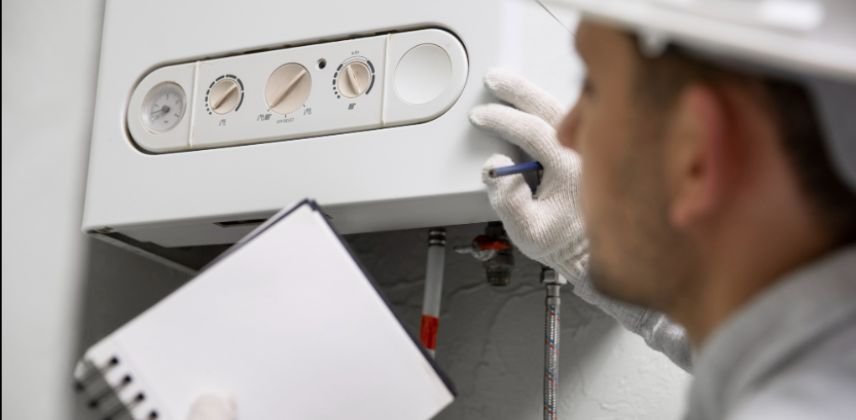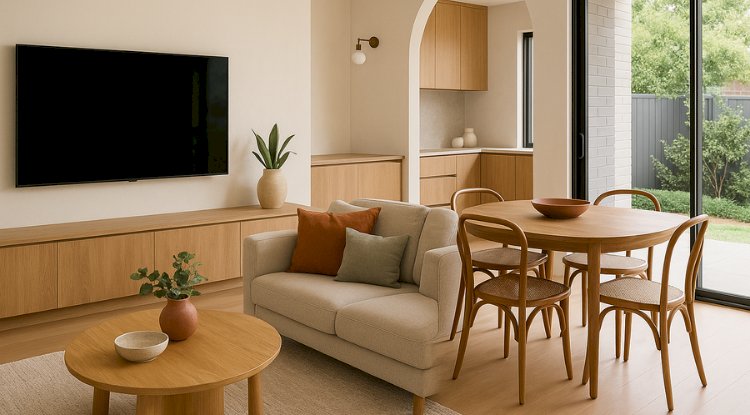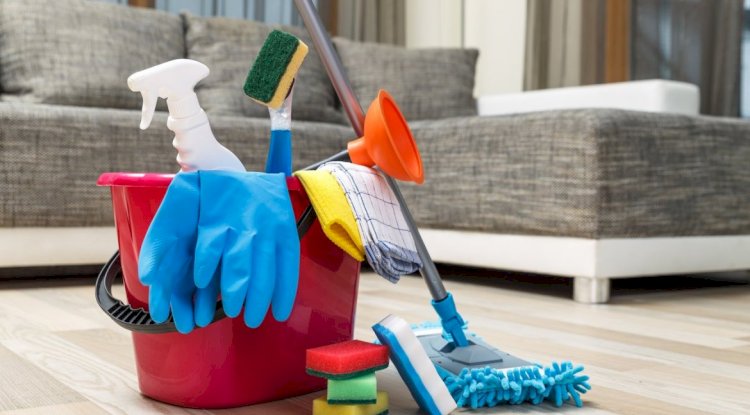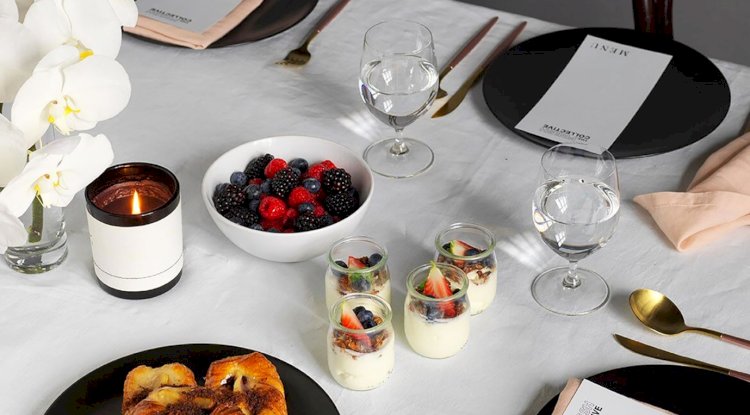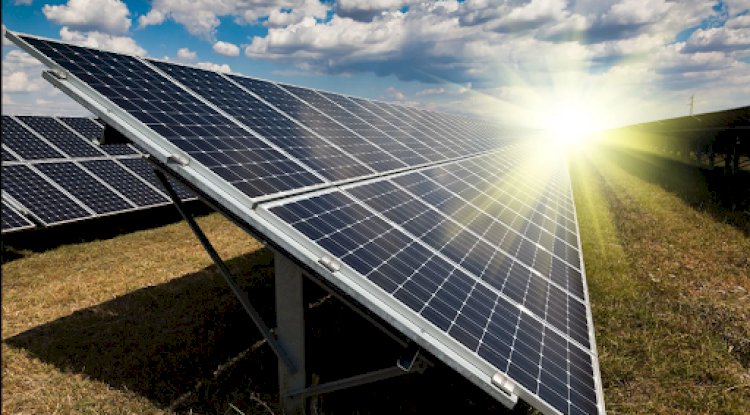Few things to know about Energy-Efficient Roofing
During the sunny days of summer, your non-reflective roofs tend to get hot and transfer the heat within the structure. The premises, especially your attics and top floor, tend to get hotter than the surrounding atmosphere. Even though you have adequate insulation, it can't resist the heat from transferring and force air conditioners to work hard.
To overcome it, you can opt for roof replacement, which is an expensive alternative. However, the issue can be sorted by choosing pocket-friendly roof repairs Cheltenham options. Due emphasis is laid on in this article, on the ways to make your roof energy-efficient, without replacing it. You can weigh your factors, based on your needs for the ones that best suits you and your roof.
-
Proper Ventilation and Insulation
Ventilation is a major part of maintaining the energy efficiency of your roof. A roof with adequate ventilation will allow air circulation in the attics and vents. There are not many hotter places than the attic. This means your air-con needs to work harder to cool down the home.
It might sound strange to insulate an attic to keep it warm, to maintain the cold air to flow in. This is because energy-efficient roofs need cold outside air to enter and warm air to exit. On the other hand, in cold winter months, the cold air flows naturally into the attic space keeping the temperatures more relaxed and keeping the heat trapped instead of rising to the attic. A combination like this makes your home energy-efficient.
-
Roof Colour
The colour of your roof is one of the most significant factors in maintaining energy efficiency. We all know that dark colours absorb more heat than light colours. There's no exception when it comes to roofs. The right shade of your roof will save you money on your energy bills.
However, whether to go for a light colour or dark colour depends on the place you reside in. If you live in areas with a hot climate, you must go for a light colour roof. On the other hand, people reside in a place where they experience lower temperatures; they must opt for darker roofs that will absorb heat.
Therefore, with colour roofs, the energy efficiency part may differ in different regions. It would be best if you chose the option that best suits your needs.
-
Roofing Material
Before you finalise the colour aspect of your roof, you must make the right roofing material choice. The common types of ENERGY STAR roofs are made of asphalt shingle, shake shingles, metal roofing, tile roofing or slate roofing.
Amongst residential homes, asphalt shingles are the most popular ones. It is because of its low cost and ease in installation. However, it is good with the absorption of heat and cannot reflect it, efficiently. On the other hand, Slate Shingles hold up better than its counterparts and allow better air circulation within.
Metal roofings are other reliable, cost-effective and durable options. They are lightweight and also very reflective, making them energy efficient in Melbourne climate. However, it can easily be damaged, but you can be assured of roof restoration Melbourne services. Roofers will help you restore the damage.
Once you have factored these three features of your energy-efficient roofing, you are on your way to more sustainable living.
Share
What's Your Reaction?
 Like
0
Like
0
 Dislike
0
Dislike
0
 Love
1
Love
1
 Funny
1
Funny
1
 Angry
0
Angry
0
 Sad
0
Sad
0
 Wow
1
Wow
1

